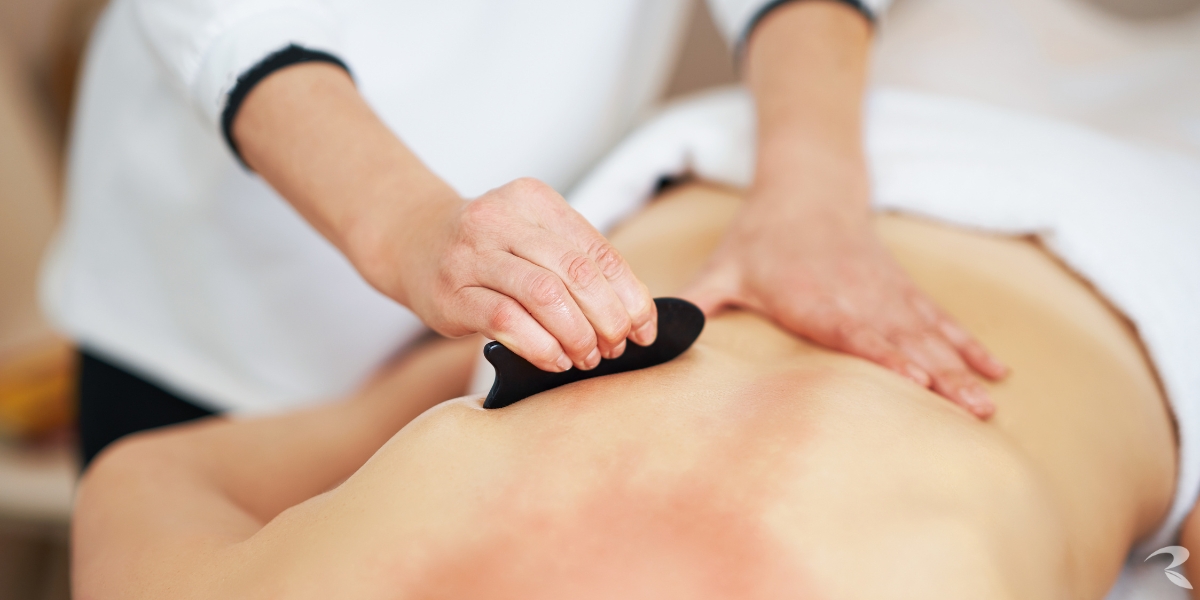
Twenty-five years ago, I stepped off the plane in Kuala Lumpur, Malaysia, and was instantly hit by a wall of heat, humidity, and exotic scents. I was immediately greeted with warm smiles and heartfelt welcomes—”Selamat datang ke Malaysia!” (Welcome to Malaysia). Truth be told, I welled up with tears.
As a Canadian who had never been outside of North and Central America, this country was foreign to me in every way—and yet, eerily, it felt like home. Maybe it was the warmth and kindness of the Malaysian people, or perhaps something deeper, something unexplainable.
I was utterly fascinated. The soupy air (not entirely unfamiliar to me, having spent summers surrounded by the Great Lakes in Southern Ontario), the vibrant mix of cultures, the rich history, the tantalising smells, the incredible food—oh, the food! Everything was new, yet oddly familiar.
But that’s a story for another time…
Discovering the Power of Traditional Healing
Malaysia is a true melting pot, predominantly home to Malay, Chinese, and Indian communities. The wisdom of each has been passed down for generations, not only in culture and cuisine but also in healing traditions.
One of the biggest differences I noticed between Malaysia and home was how people approached health and wellness. Here, food, herbs, and even prayer were used as medicine. It was common for people to consult a Chinese sensei, visit temple deities, or go for a traditional massage before turning to Western doctors. Traditional Chinese Medicine (TCM) principles—balancing heatiness, coolness, dampness, and wind in the body through diet—were an everyday part of life.
For me, this was all completely foreign… but fascinating.
My First Gua Sha Treatment
Within a week of arriving in Malaysia, I developed a persistent headache that lasted for days. It wasn’t a typical headache—there was lethargy, congestion, and brain fog, likely from a mix of heat, humidity, and indulging in too many heaty foods.
I didn’t know what to do. I resisted taking aspirin because something told me this wasn’t just a normal headache.
Finally, I told my dad. He simply said, “Wait here.”
He disappeared into his office and returned with a flat, funny-looking hand-held tool in one hand and a bottle of oil in the other. “Have a seat. I’ll give you a gua sha treatment.”
I had no idea what he was talking about, but I was desperate for relief. He rubbed oil along the back of my neck and upper shoulders, then started scraping in firm downward motions—beginning at my occipital bone, down my neck, and across my upper traps—with a whalebone gua sha. He explained that he was drawing the heat out of my head while simultaneously unblocking my meridian points.
I could literally feel the tension—tension I didn’t even realise I was holding—melting away.
Afterward, he draped a towel over my neck and shoulders, told me to keep warm, drink a few glasses of water, and rest. Within 30 minutes, my congestion cleared, the pain subsided, and my energy started returning.
I was blown away.
A Lifelong Practice
Since that day, gua sha has been my go-to before reaching for medication—not just for headaches, but for muscle pain, stubborn knots, joint discomfort, and even skincare. Yes, for purely vanity reasons 
Little did I know that, decades later, I’d be carrying forward my father’s legacy, blending the wisdom he introduced me to with modern botanical innovations.
Now, we’re almost ready to launch something special—an evolution of self-care and pain relief that honours both tradition and progress.
I can’t wait to share it with you!
Stay tuned….
